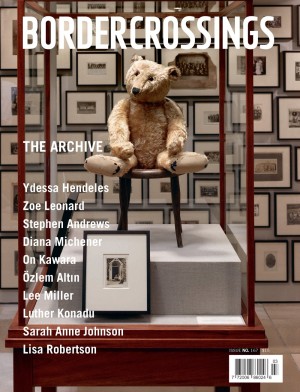The Prophet’s Camel Bell by Margaret Laurence
Laurence of Somali
The Prophet’s Camel Bell records Margaret Laurence’s recollections of the years spent in what was then the British Somaliland Protectorate and what is now the Somali Republic. Although she presents us with detailed descriptions of Somali geography, customs, language, poetry, flora and fauna, the book is far more than a fascinating travelogue. Laurence relates personal responses, meditations and experiences that are as intriguing as the social and physical landscape so vividly depicted. She remarks with the wisdom of retrospect,
And in your excitement at the trip, the last thing in the world that would occur to you is that the strangest glimpses you may have of any creature in the distant lands will be those you catch of yourself.
One of the major concerns of the book is the question of what happens when radically different cultures contact one another. Although there is an ongoing interest in capturing the physical and cultural donnees of Somali life (“Geckos, tiny lizards transparent as gelatine, raced restlessly across the ceiling, displaying their palpitating vitals and their spines, staring with cold eyes on the humans below”) there is also a constant awareness of the misunderstanding — and particularly the condescension to which cultural differences may give rise. The real ‘beast in the jungle’ is our inclination to forget that the foreign is not the inferior. Laurence tells of
…. an odd item in an old book I had come across recently, written in the mid-1800s by an Englishman who was big-game hunting in Somaliland. The sahib had been troubled with malaria which, he said, was well known to emanate from the noxious night fumes around swamps and river beds. The Somalis, he added with amusement, had a quaint belief that malaria was brought on by the bite of mosquitoes.”
Quaint belief indeed!
The landscape is powerfully and vividly described; you feel the heat of Djibouti, see the beauty of the desert in bloom, and experience the horror of the Jilal (the dry season), the harrowing time in which desert nomads die of thirst, and vultures become so carrion-gorged that they are unable to fly.
Laurence covers the full spectrum of life, relating the tragic dimensions as readily as the comic ones: “Port Said, and my first view of the mysterious East was a Coca-Cola sign in Arabic.” Elsewhere she describes the Somali response to her clothes:
I was wandering around in the garden one morning, wearing slacks, when some Somali woman paused on the road to gawk at me. I could understand enough Somali by that time to catch her remarks. ‘Look, Dahab! Is it a man or a woman?’ ‘Allah knows. Some strange beast —’ I went back into the bungalow and put on a skirt.
In The Prophet’s Camel Bell one can find images and ideas that recur in Laurence’s later works; stone angels (The Stone Angel), the implications of being a stranger in a strange land (The Heart of a Stranger), the grating aspects of imperialism that become embodied in the character of Brooke Skelton in The Diviners.
This paperback reprint offers the general reader and the scholar alike insights into the descriptive power of Laurence’s fiction, her essential humanism, and the thematic preoccupations that she has translated into one of the most impressive bodies of fiction in this half-century.
Joy Kuropatwa’s present interests include the fiction of Margaret Laurence and the biography of Douglas Durkin, the Manitoba novelist and teacher whose relationship with Martha Ostenso is a subject of current intrigue for literary historians.

